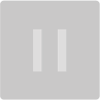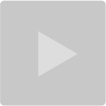







Somnath Jyotirling

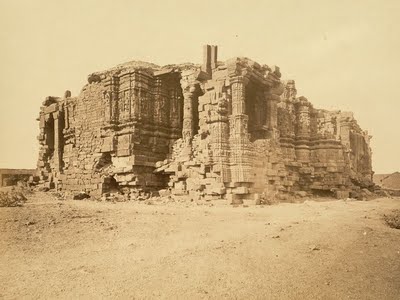

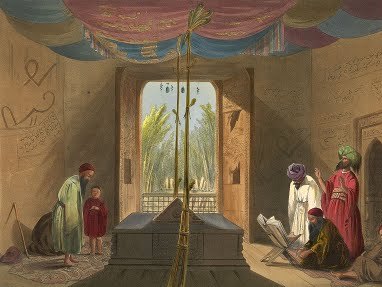
Ruins of somnath temple from 1869 Inside view of Somnath in 1869 Tomb of Sultan Mahmud of Ghazni, in 1839- 40,
Doors at Somnath, which he destroyed in ca 1024

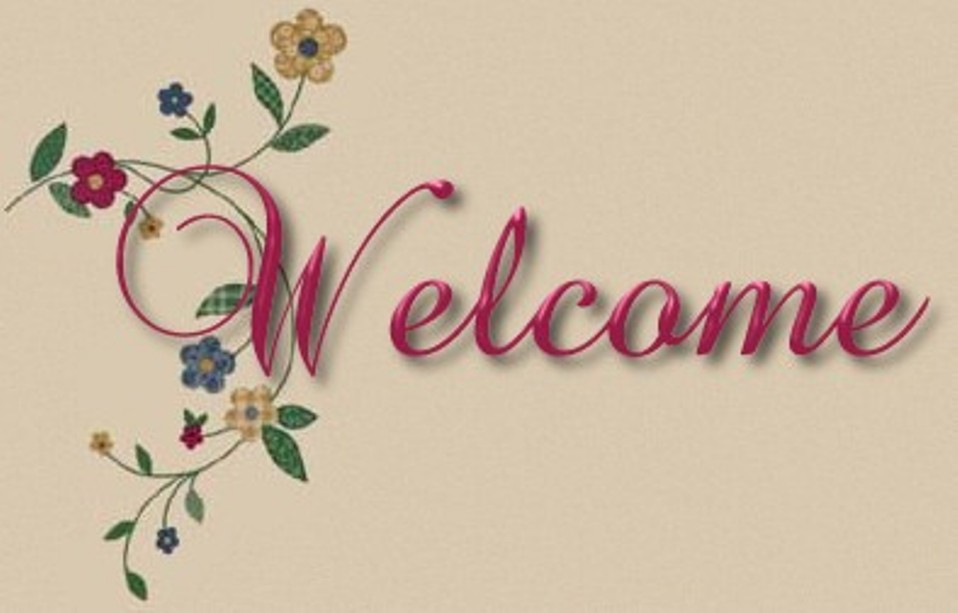

pilgrimage
centers
Amarnath
Amritsar
Ayodhya
Badrinath
Bodha
Gaya
jyothirlingas
kanyakumari
Khajuraho
konark temple
Madurai
Mathura
Pandharpur
Pashupatinath
Puri Jagannath
Rameswaram
Rishikesh
Sarnath
Satya sai baba
Shani Shingnapur
Srikalahasti
Shri
Lakshmi GoldenTemple
Tirupathi
Vaishno Devi
SadGurus
Akkalkot
Maharaj
Shripad
SriVallabh
Dwadasa
jyotirlingas
Somanath
Shrishailam
Omkareshwar
Vaidyanath
Maha
Kaleshwar
Kashi
vishwanath
Bhimashankar
kedarnath
Nageshwer
Trimbakeshwar
Grishneshwar
Shakti
peethas
Sightseeing
Agra
Ajanta caves
Delhi
Ellora caves
Goa
Jaipur
Kashmir
Manasarovar
Foreign Trips

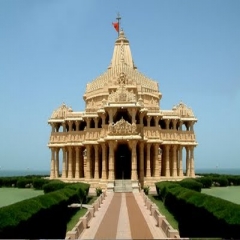
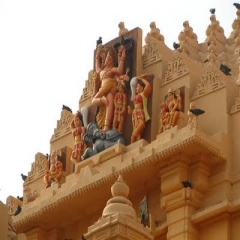
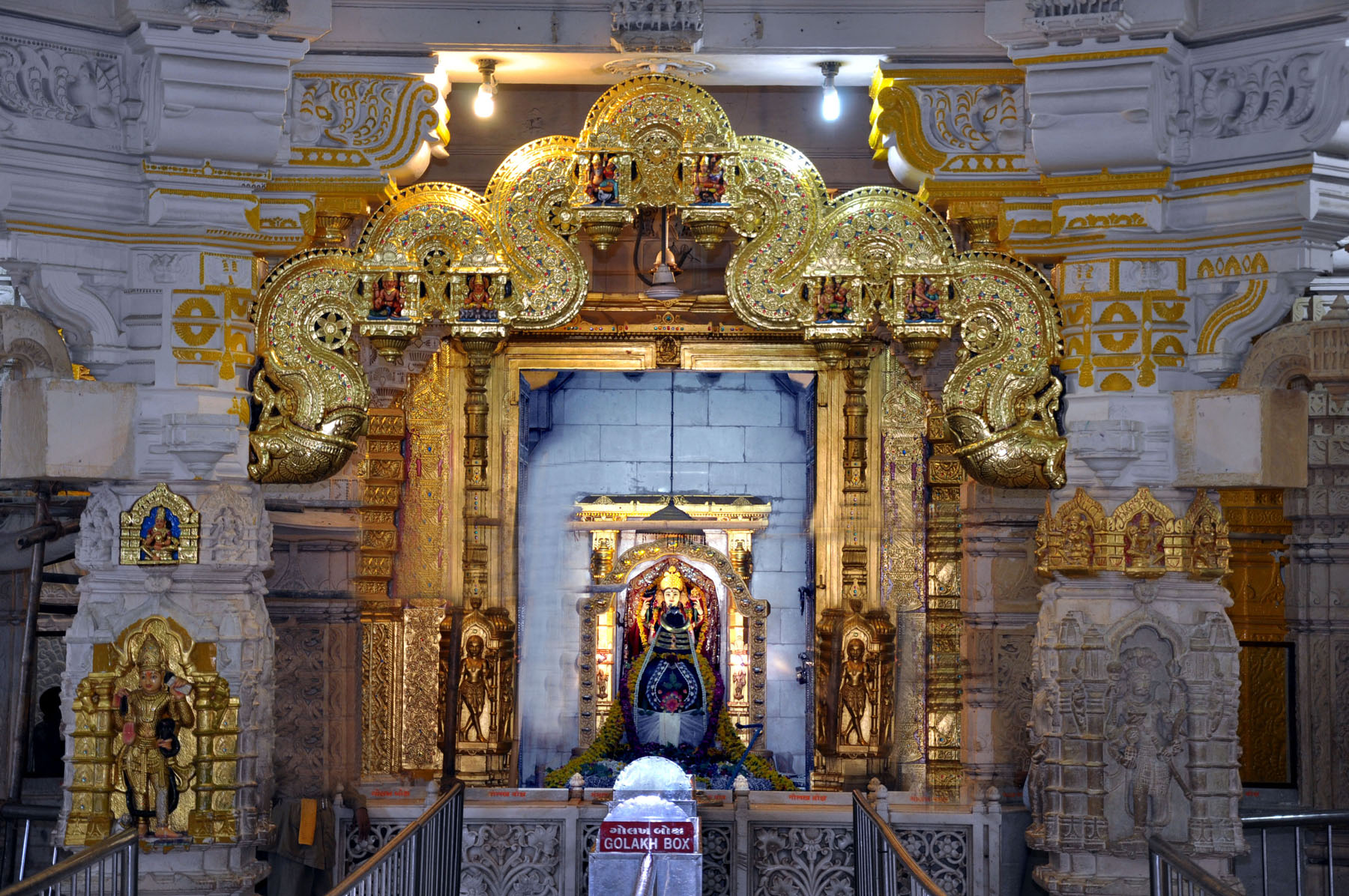
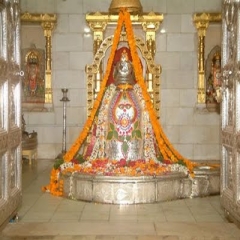

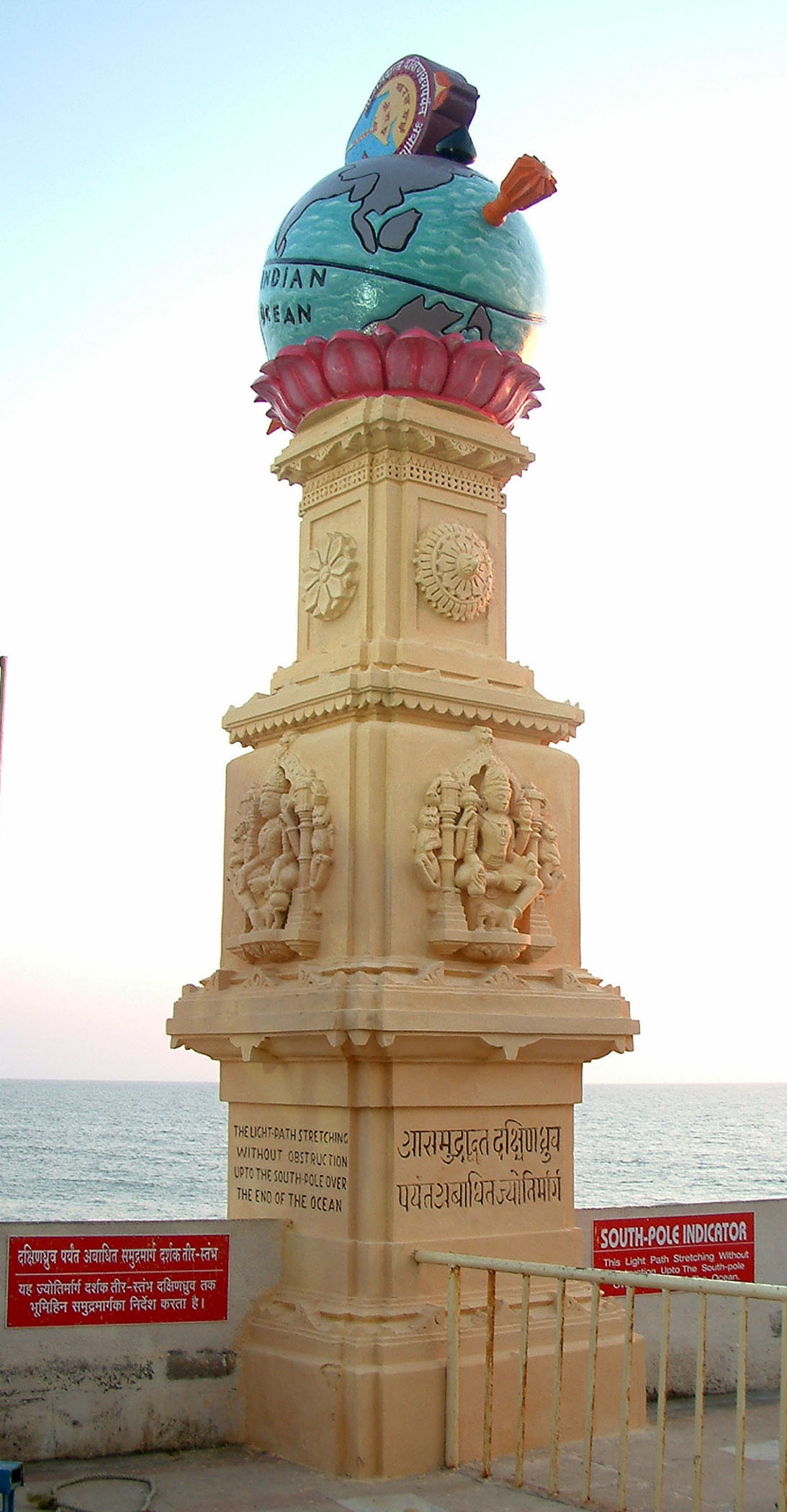
The
Skanda Purana describes the Sparsa Linga of Somnath as one bright
as the sun, the size of an egg, lodged underground.The Mahabharata
also refers to the Prabhasa Kshetra and the legend of the moon
worshipping Shiva.
Ransacking and Rebuilding
of Somnath JyotirlingaThe present temple is the seventh temple
reconstructed on the original site.
The
first temple of Somnath is said to have existed before the
beginningof the Christian era. The second temple, built by the
Maitraka kings of Vallabhi in Gujarat, replaced the first one on
the same site around 649.In 725 Junayad, the Arab governor of Sind,
sent his armies to destroy the second temple. The Pratihara king
Nagabhata II constructed the
third
temple in 815, a large structure of red
sandstone
In
1024, Mahmud Ghazni raided the temple from across the Thar Desert.
During his campaign, Mahmud was challenged by Ghogha Rana, who at
the ripe age of 90, sacrificed his own clan fighting against this
iconoclast. The temple and citadel were ransacked, and more than
50,000 defenders were massacred; Mahmud personally hammered the
temple’s gilded
lingam
to pieces and the stone fragments were carted back to Ghazni, where
they were incorporated into the steps of the city’s new Jamiah
Masjid (Friday mosque).
Brahma,
one of the trinity, installed the Brahmashila, and paved way for
the construction of the temple. On the request of the Chandrama and
other gods Bhagwan Shankar assumed the name Somchandra
(Jyotirlinga) and resided there eternally. He became famous by the
name Somnath in the three worlds. Since, it was the Prabhas Kshetra
where Bhagwan Shri Krishna performed all his Lilas. In this temple
there is a small cave in which a lamp burns
continuously..
The
fourth temple was built by the Paramara King Bhoj of Malwa and the
Solanki king Bhima of Gujarat (Anhilwara) or Patan between 1026 and
1042. The wooden structure was replaced by Kumarpal who built the
temple of stone.The temple was razed in 1297 when the Sultanate of
Delhi conquered Gujarat, and again in 1394. The Mughal Emperor
Aurangzeb destroyed the temple again in 1706.
Sardar
Vallabhbhai Patel, then Home Minister & the first Deputy Prime
Minister of India, took a pledge on November 13, 1947 for its
reconstruction for the seventh time. A mosque present at that site
was shifted few miles away. It was completed on December 1, 1995
and President of India, Dr. Shankar Dayal Sharma, dedicated it in
the
service
of the nation. The present temple was built by the Shree Somnath
Trust which looks after the entire complex of Shree Somnath and its
environs.
The
following extract is from “Wonders of Things Created, and marvels
of Things Existing” by Asaru-L Bilad, a 13th century Muslim
geographer. It contains the following description of Somnath temple
and its destruction:The following is a long quotation: “Somnath:
celebrated city of India, situated on the shore of the sea, and
washed by its waves. Among the wonders of that place was the temple
in which was placed the idol called Somnath. This idol was in the
middle of the temple without anything to support it from below, or
to suspend it from above. It was held in the highest honor among
the Hindus, and whoever beheld it floating in the air was struck
with amazement, whether he was a Musulman or an
infidel.
The
Hindus used to go on pilgrimage to it whenever there was an eclipse
of the moon, and would then assemble there to the number of more
than a hundred thousand. They believed that the souls of men used
to meet there after separation from the body, and that the idol
used to incorporate them at its pleasure in other bodies, in
accordance with their doctrine of transmigration. “The ebb and flow
of the tide was considered to be the worship paid to the idol by
the sea.
Everything of the most
precious was brought there as offerings, and the temple was endowed
with more than 10,000 villages. There is a river (the Ganges) which
is held sacred, between which and Somnath, the distance is 200
parasangs.They used to bring the water of this river to Somnath
every day, and wash the temple with it. A thousand brahmans were
employed in worshipping the idol and attending on the visitors, and
500 damsels sung and danced at the door–all these were maintained
upon the endowments of the temple.
The
edifice
was built upon fifty-six pillars of teak, covered with lead.
The shrine of the idol was dark, hut was lighted by jeweled
chandeliers of great value. Near it was a chain of gold weighing
200 mans. When a portion (watch) of the night closed, this chain
used to be shaken like bells to rouse a fresh lot of brahmans to
perform worship.
“When
the Sultan Yamin-ud-Daula Mahmud Bin Subuktigin went to wage
religious war against India, he made great efforts to capture and
destroy Somnath, in the hope that the Hindus would then become
Muhammadans. He arrived there in the middle of Zi-l k’ada, 416 A.H.
(December, 1025 A.D.). “The king looked upon the idol with wonder,
and gave orders for the seizing of the spoil, and the appropriation
of the treasures. There were many idols of gold and silver and
vessels set with jewels, all of which had been sent there by the
greatest personages in India. The value of the things found in the
temples of the idols exceeded twenty thousand thousand
dinars.
Elliot’s footnote: The
enormous treasures found at Somnath have been a theme of wonder for
all who have written on that conquest “When the king asked his
companions what they had to say about themarvel of the idol, and of
its staying in the air without prop or support, several maintained
that it was upheld by some hidden support. The king directed a
person to go and feel all around and above and below it with a
spear, which he did, but met with no obstacle. One of the
attendants then stated his opinion that the canopy was made of
loadstone, and the idol of iron, and that the ingenious builder had
skillfully contrived that the magnet should not exercise a greater
force on anyone side-hence the idol was suspended in the middle.
Some coincided, others differed. Permission was obtained from the
Sultan to remove some stones from the top of the canopy to settle
the point. When two stones were removed from the summit the idol
swerved on one side, when more were taken away it inclined still
further, until at last it rested on the
ground.”
May the
Jyothirlinga of Shri Somnath temple remove all the negative
energies with in us and inspire us to be a better human
being.
Ransacking and Rebuilding
of Somnath Jyotirlinga
Somnath
Jyotirling has been destroyed and rebuilt a number of times in the
history:
*
Accounts of glory and wealth of Somnath by the Arab traveler Al
Biruni prompted a visit by Mahmud of Ghazini who ransacked and
destroyed the temple in 1025 CE. It was immediately rebuilt by King
Bhima of Gujarat and King Bhoja of Malwa.
*
Somnath temple was destroyed again by Alaf Khan, the general of
Allauddin Khilji in 1300 CE. It was rebuilt again by King Mahipala
of the Chudasama dynasty.
*
Somnath shrine was destroyed yet again in 1390, 1490, 1530 and
finally in 1701 by Aurangazeb. It was rebuilt with perseverance
each time after it was destroyed.
<<Back
1 2
Advertisement
I am a text block. Click on me to drag me around or click a corner handle to resize me. Click the settings icon (it's the left one, looks like a cog) to change this text. You can type new text into me or cut and paste text from somewhere else. Click outside of me when you're done and any changes will be saved.




Site designed and Maintained by Harish




